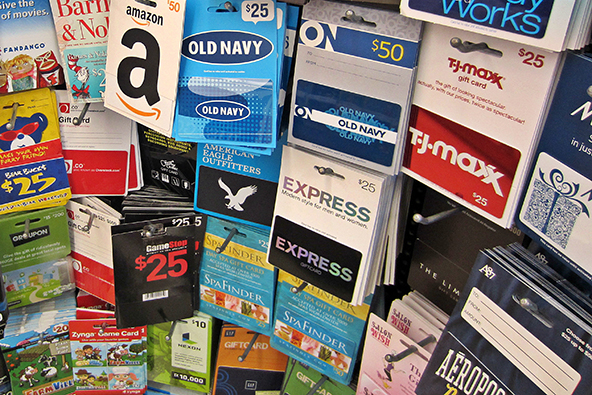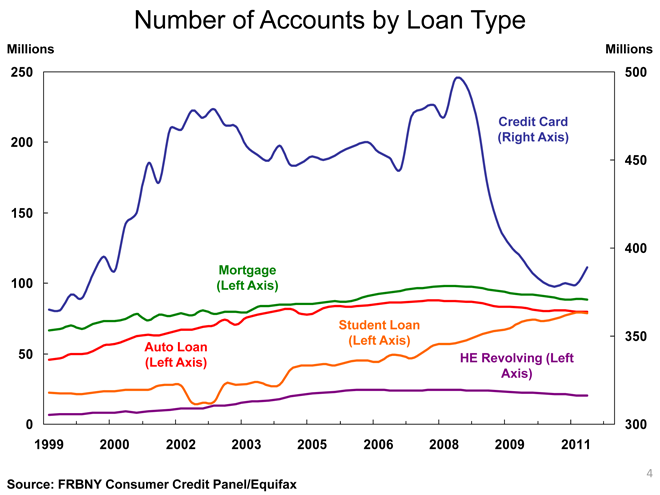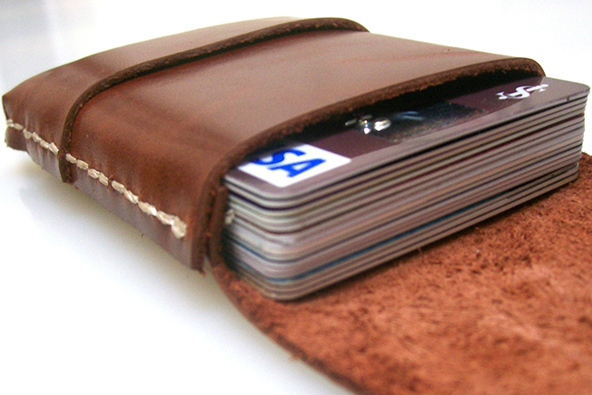Prepaid Cards Are not Debit Cards and Other Facts

We’ve written quite a bit about prepaid cards over the past few months and not always because we had planned for it. At first, we just wanted to give you the basic facts about the fastest growing type of payment card in the U.S. and then Suze Orman came along. But what keeps surprising me is that people just don’t get prepaid cards. It is true that there are plenty of misconceptions about credit and debit cards floating around, but prepaid seems to beat both of them by a quite wide margin.
The most widely committed error is the categorization of prepaid cards as a subset of debit. You will often see this payment product referred to as “prepaid debit cards.” That is wrong and can easily lead to other errors. I’ve offered a prepaid vs. credit and debit comparison before, but will take another swipe at it, as I thought I could do better.
What Is a Prepaid Card?
A prepaid card is a stand-alone payment product that has a zero value until it is activated and “loaded” with an amount of money. Then, whenever a purchase is made, the sales amount is subtracted from the card’s available balance. When the remaining balance becomes zero, the card is no longer usable, unless it is “reloaded” with an amount of money, which is a feature not all prepaid cards support. If “reloading” is not supported, once the balance reaches zero, the card is useless.
“Non-reloadable” prepaid cards are typically the ones sold by, and usable only at, a given merchant or a merchant chain (for example, a Best Buy prepaid card) and are not issued to a specific consumer. As these cards cannot be used outside of the merchant’s locations, they are also called “closed-loop” or “closed-system” cards. Closed-loop cards bear only the logo of the merchant they can be used at and are the type of prepaid that is the easiest to distinguish from other card types.
However, in addition to a merchant’s logo or indeed in place of it, a prepaid card may display the logo of a credit card network (e.g. Visa or MasterCard) or company (e.g. American Express or Discover). Such cards are usable everywhere the payment brand whose logo they bear is accepted and are therefore called “open-loop” or “open-system.” Open-loop prepaid cards are also typically reloadable and are issued in the name of a specific consumer. This type of prepaid is the one that is typically confused with debit, but it’s still very different.
How Is Prepaid Different from Debit and Credit?
What makes credit cards unique is the fact that they come with a line of credit, so that the cardholder spends the issuer’s money, not her own. The exact opposite is the case with debit and prepaid. So what’s the difference between these two?
Here are the main differences between debit and prepaid, from a consumer point of view:
- Account set-up. Opening up a debit card account involves setting up a checking account with the issuer and a check of the applicant’s credit history. If the credit risk is deemed to be too high, the application may be rejected. Prepaid cards, on the other hand, require no credit check and are therefore available to everyone, which is why they are still referred to as the card for the “unbanked.”
- Residence requirements. Debit cards require that applicants provide full information about themselves, including their social security number, which immediately renders non-residents non-qualifiable. Prepaid, on the other hand, requires only basic information, if any.
- Over-the-limit spending. Prepaid cards limit spending to the available balance on the card, with no exception. Debit cardholders, on the other hand, can opt in for overdraft protection, which enables them to complete purchases, for a fee, even when the available balance is not sufficient to cover the sales amount.
- Consumer protection. Prepaid card issuers are not required by law to provide refunds for lost or stolen cards, although some of them do so voluntarily. All debit card issuers must provide this protection.
There are other differences between prepaid and debit, as far as consumers are concerned, but these are the most prominent ones and apply to both open- and closed-loop prepaid.
The Takeaway
So prepaid is different from debit, although the reloadable, open-loop prepaid model comes very close to the debit one. It seems very clear to me that, if a consumer’s credit history allows her to open up a checking account and get the linked debit card, she should do that, rather than use a prepaid card. I haven’t talked about prepaid-related fees and that was a deliberate choice, because they vary in wide range. The only prepaid card I know of that comes with no monthly fee is American Express’ and it charges a $2 ATM withdrawal fee, in addition to whatever the ATM owner charges. At the same time, there are still many free checking accounts available out there and one of them should be your first choice.
Image credit: Flickr / 401(K) 2013.



Prepaid cards are very much like debit cards, practically the same with the only difference that they come with no checks. The benefit of using them is that you can’t get hit with all these bank fees that have been on the rise for the last couple of years.